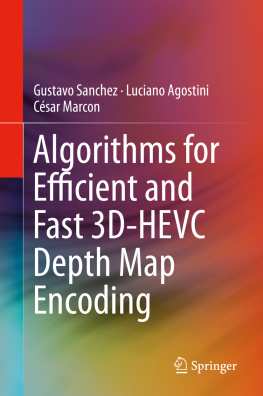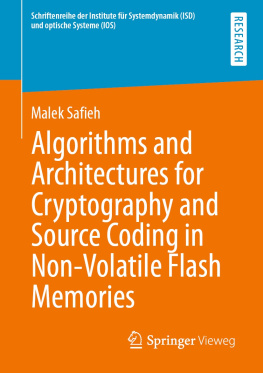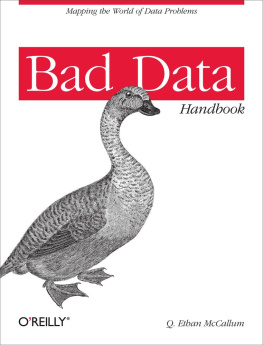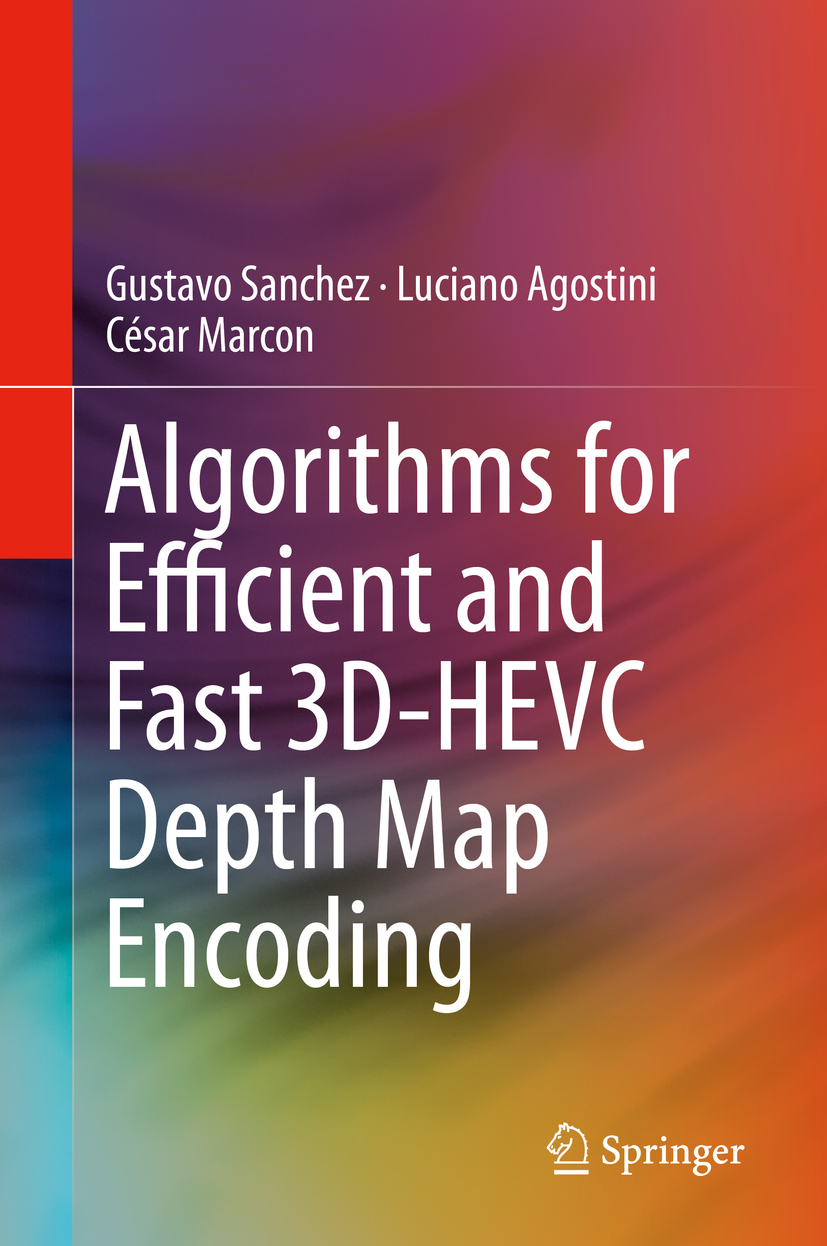Gustavo Sanchez
Centro de Informtica, Instituto Federal Farroupilha (IFFAR), Alegrete, Rio Grande do Sul, Brazil
Luciano Agostini
Video Technology Research Group (ViTech), Federal University of Pelotas (UFPel), Pelotas, Rio Grande do Sul, Brazil
Csar Marcon
Polytechnic School, Pontifical Catholic University of Rio Grande do Sul (PUCRS), Porto Alegre, Rio Grande do Sul, Brazil
ISBN 978-3-030-25926-6 e-ISBN 978-3-030-25927-3
https://doi.org/10.1007/978-3-030-25927-3
Springer Nature Switzerland AG 2020
This work is subject to copyright. All rights are reserved by the Publisher, whether the whole or part of the material is concerned, specifically the rights of translation, reprinting, reuse of illustrations, recitation, broadcasting, reproduction on microfilms or in any other physical way, and transmission or information storage and retrieval, electronic adaptation, computer software, or by similar or dissimilar methodology now known or hereafter developed.
The use of general descriptive names, registered names, trademarks, service marks, etc. in this publication does not imply, even in the absence of a specific statement, that such names are exempt from the relevant protective laws and regulations and therefore free for general use.
The publisher, the authors, and the editors are safe to assume that the advice and information in this book are believed to be true and accurate at the date of publication. Neither the publisher nor the authors or the editors give a warranty, express or implied, with respect to the material contained herein or for any errors or omissions that may have been made. The publisher remains neutral with regard to jurisdictional claims in published maps and institutional affiliations.
This Springer imprint is published by the registered company Springer Nature Switzerland AG
The registered company address is: Gewerbestrasse 11, 6330 Cham, Switzerland
Preface
The rapid evolution of multimedia communications relying on services and applications that mostly use image and video in different formats has been driving worldwide research and engineering developments towards efficient coding of visual information. Three-dimensional (3D) visual information represented by color texture plus depth is one of such formats, which imposes quite demanding requirements on both hardware and software implementations of standard coding algorithms. Computational complexity, memory, bandwidth, and power consumption are constraining parameters with a great deal of impact on the performance of 3D video coding systems.
This book addresses this challenging field of research and engineering by presenting fast and efficient methods for encoding depth data of 3D visual information within the scope of the 3D extension of the high efficiency video coding (3D-HEVC). The book contains accurate technical descriptions of the main coding tools used for efficient compression of depth maps with particular emphasis on the prediction modes that are responsible for attaining significant compression performance. Jointly with the presentation of the test conditions that must be followed for benchmarking and validation of results, this is crucial and updated information about the standard that provides the necessary background for further analysis and technical developments. Several fast encoding algorithms are described throughout the book, departing from a deep analysis of the main contributing factors for the computational complexity and then proposing efficient solutions to speed up the coding process of depth information at negligible loss of efficiency.
The authors of the book have long research experience and significant contributions for the optimization of standard video coding systems. This highly specialized background also ensures that new methods described in the book are timely and useful for students and researchers interested in further investigating fast coding methods for 3D-HEVC algorithms and engineers developing efficient systems and applications, specially those including 3D multimedia in resource-constrained environments. Overall, this book presents valuable contributions to advance the technical design and implementation of fast and efficient 3D-HEVC standard encoders.
Pedro A. Amado de Assuno
Acknowledgment
The authors thank their institutions in Brazil for supporting the development of this work, including the Pontifical Catholic University of Rio Grande do Sul (PUCRS), the Federal University of Pelotas (UFPel), and the Federal Institute of Education, Science, and Technology Farroupilha (IFFar), Alegrete Campus. The authors also thank the Brazilian research support agencies that financed this research: the Foundation for Research Support of Rio Grande do Sul (FAPERGS), the National Council for Scientific and Technological Development (CNPq), and the Coordination for the Improvement of Higher Education Personnel (CAPES).













